Darkroom philosophies
Analogue photography is making a comeback, and these three artists take the craft to new levels. Please meet Aimée Zito Lema, Akosua Victoria Adu-Sanyah and Jess Holdengarde!
Welcome to dear midnight, my newsletter with reflections on all things photography, publishing and the artistic process. In these mailings you will read about the material that crosses my desk while working on my personal projects and Foam Magazine.
Noteworthy findings from the past month?
Trees Heil presented a mesmerising exhibition at Melkweg Expo in Amsterdam last month. Mostly working with female and queer models, Heil explores the potential of the body and the power of physical expression. I could have watched the film The Secret Garden for hours, caught in the space where pleasure, curiosity, and creativity collaborate.
Nubia Assata wrote an inspiring substack post on how our overuse of digital media and the convenient speed at which we operate and receive information is undermining the very foundation of the creative process: time.
I was excited to discover a new streaming platform that focuses solely on photographers using analogue techniques: The Darkroom Rumour. From intimate tales of renowned photographers to the exploration of photographic techniques and histories, new films are added each month..
At the end of February my colleague and fellow artist Daphne Wageman gave a demonstration of the Dry Plate Photography process at Foam. The workshop was inspiring and gave me two joys: a very dear portrait on glass and a flare-up of my infatuation for analogue photography.
Growing up, my mother used to set up a make-shift darkroom in our bathroom or laundry cupboard to develop and print her photographs. I remember how the smell of chemistry would seep through the cracks of the door, sparking my curiosity, and how exciting it was to enter the space afterwards to admire the drying prints. Later, during my photography studies, I too fell in love with analogue printing and spent hours submerged in the red light of the lab, watching images come to life in my hands.

At the risk of sounding romantic, I miss creating with my hands - there is something so relaxing about tuning down the volume of the mind and letting your hands take over. Being an editor today involves a lot of time on the computer…typing, tapping and dragging fingers across the keypad, but not actually being in touch with the materials. Until the magazine is printed everything mostly exists on screen. Before I actually hold the publication in my hands it seems like there is no material trace of the work, just folders full of data and digital footprints between contributors.
1: Trace
Nestled deep inside the rainforest of Santa Cruz province in Argentina lies a cave with over 2,000 handprints on its walls. The art inside the Cueva de las manos, Spanish for the cave of hands, was created in several waves between 7,300 BC and 700 AD during the Archaic period of South America.
Aside from the tools they used, not much is known about the people that made these works. Today we are left to speculate about the creators and what life was like in the societies they lived in. The fact that people continued to contribute to the artwork for thousands of years shows that the cave held great significance and ultimately played a huge role in collective social memories. Even more than that, it represents a conversation, collaboration, connection across millennia.
trace a perceptible sign made by someone or something that has passed
When I first came across the work of Cuban artist Ana Mendieta, I was fascinated by her images, how they capture beauty and brutality, fullness and emptiness, pain and joy all at once. Like the Cueva de las manos, Mendieta’s work emphasises the primal and elemental aspects of existence in a timeless way, asking us to look closer at the intimate bond between humans and the Earth.
Her Silueta Series, for which she created imprints of her body in various natural landscapes, convey a deep sense of connection and unity with the environment. Having left Cuba at a very young age, as part of Operation Peter Pan (an exodus of over 14,000 unaccompanied Cuban minors aged 6 to 18 to the United States between 1960 and 1962), Mendieta grew up in various places across the US, always searching for her roots. She found solace through her art, which asks questions about belonging, and the meaning of our existence. Throughout her life and career, she was a strong advocate for feminism, anti colonialism, as well as environmental causes, coining the genre earth-body works with her pieces that bring together land and performance art.
In a raw and at times confronting way, Mendieta’s work shows that being in touch with the world is a profound and essential aspect of human existence. This connectivity carries immense power, capable of conveying empathy and compassion without the need for words. It can heal, comfort, and unite us, ultimately reaffirming our shared humanity and help us feel more in touch in an increasingly disconnected and divided world. By working with the elements, Mendieta speaks about vulnerability and points right to the core of our most confronting question: What traces and material embodiments will future civilisations find of us? Or maybe even, which images will survive?
2: Embodiment
After, or maybe because of, the recent focus on digital practices and new technologies in photography I have noticed that analogue processes are making a huge comeback. For this edition of Dear Midnight I collected three artists whose work has stuck with me over the past few months, for their unique relationship with the darkroom.
Aimée Zito Lema is known to bring the darkroom into exhibition spaces, often setting up large basins with floating prints. In her work she tries to make sense of how memories and traumas are passed on from generation to generation through our bodies - unfixed and ever developing.
embodiment a tangible or visible form of an idea, quality, or feeling
Her interest lies in the political potential of the photographic material. For the installation A Body to Come Back to at Stedelijk Amsterdam, Zito Lema staged an encounter between present and past. By rolling her body in photographic paper showing images of resistance against the Argentine regime, which her father took part in, she inserts herself in her fathers story and expresses solidarity with the cause.
Zito Lema compares the paper to her body and sees the creases as trauma that can be smoothed out but never entirely eliminated. As viewers we are invited to reflect on the invisible legacies and memories that we carry within our bodies.
3: Memory
Akosua Victoria Adu-Sanyah works with large scale analogue prints that adorn gallery walls like monoliths. In her practice the darkroom is much more than merely a place of production. Rather, it represents an integral part of the creation process, the moment when images are loaded with meaning and memories.
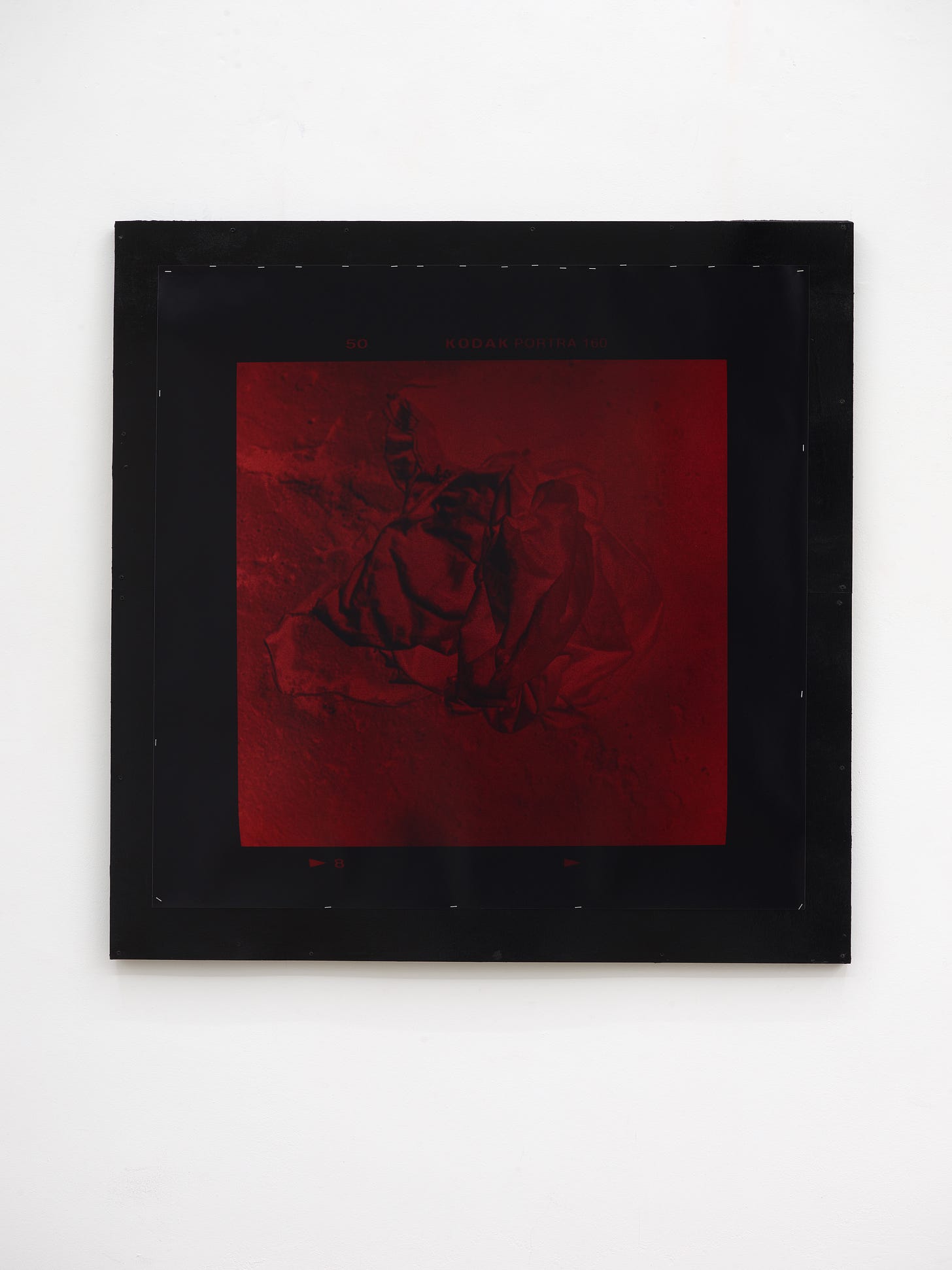
In the exhibition introduction of her most recent exhibition Hypoxia at Jan Kaps Gallery, Fabian Schöneich asks, ‘can photographs forget? Can they suddenly cease to depict the suffering they once documented, no longer represent it? Or are we the ones who choose to stop remembering? The horrors of the past fade—just like the images that have preserved them over the years.
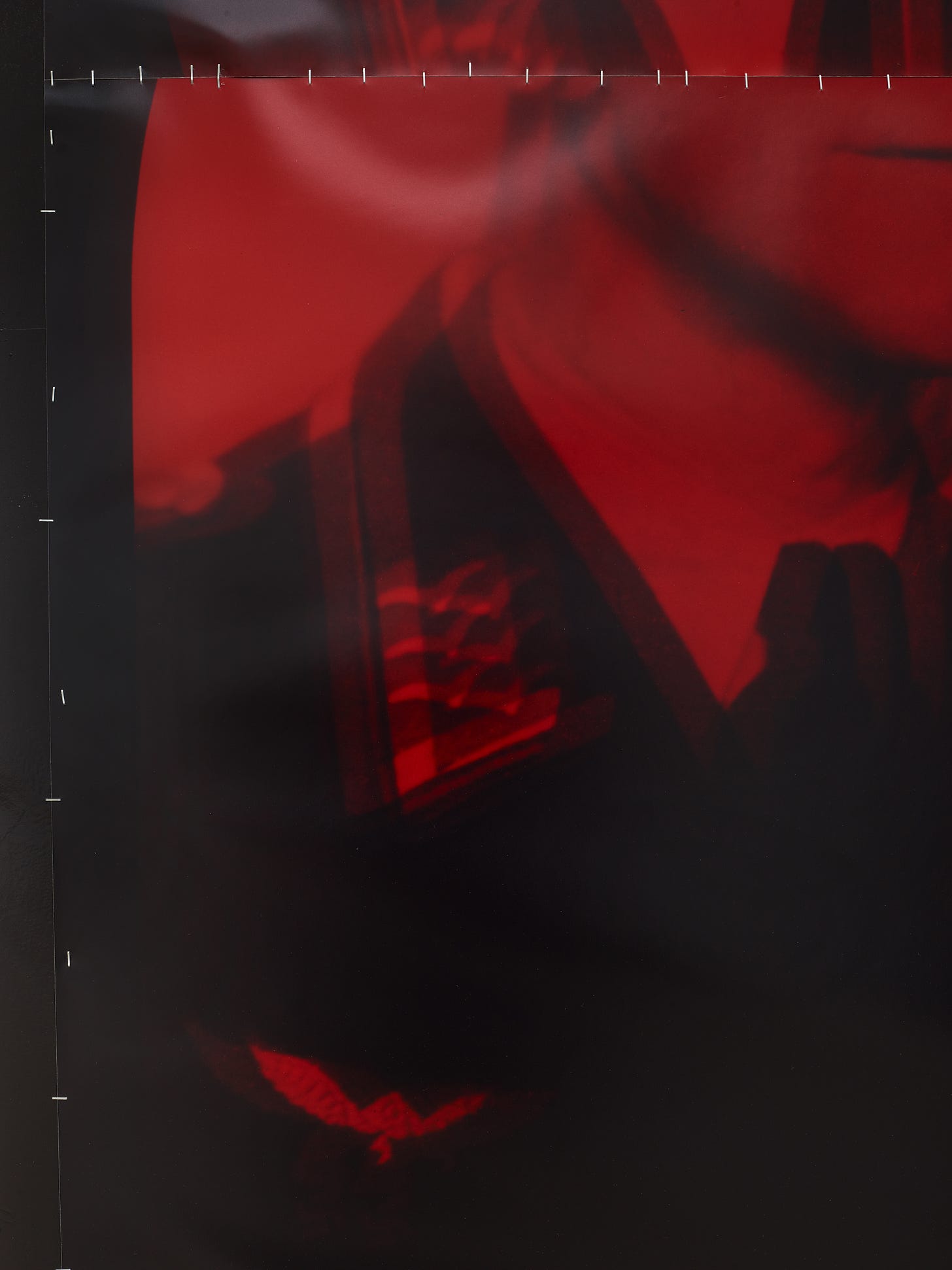
The photographs and installations of Akosua Viktoria Adu-Sanyah are both records of their time and of their own creation. They capture something while simultaneously embodying a process of deconstruction, decay, and dissolution.’
memory the faculty of the mind by which information like knowledge, imagery, sounds are stored, and retrieved when needed.

A dead tree. A photograph of fabric remnants covering chains in a former torture cellar for female slaves in the Portuguese-built Fort São Jorge da Mina on the coast of present-day Ghana. A portrait from 1930 showing the artist’s great-grandfather, Wilhelm Schlüter, in his uniform as a corporal in the German Luftwaffe. Three images representing very different temporalities, brought into conversation/ confrontation in the intimacy of Adu-Sanyah’s darkroom.
4: Intimacy
Jess Holdengarde is a lens-based artist from South Africa, currently living between the Isle of Lewis and Glasgow. Through their practice, Jess explores the role of photography in the context of a crisis. Their work encompasses photography, writing, sound, and moving images, all rooted in a commitment to sustainable processes.
‘I found inspiration in the connection between my body (& other bodies) to the warmth, stability, and presence of the large rocks that were embedded in the valley’s landscape. I used light, time, silver, local plants & river water in the making of a series of analogue negatives which have been used to create this exhibition.’
– Jess Holdengarde
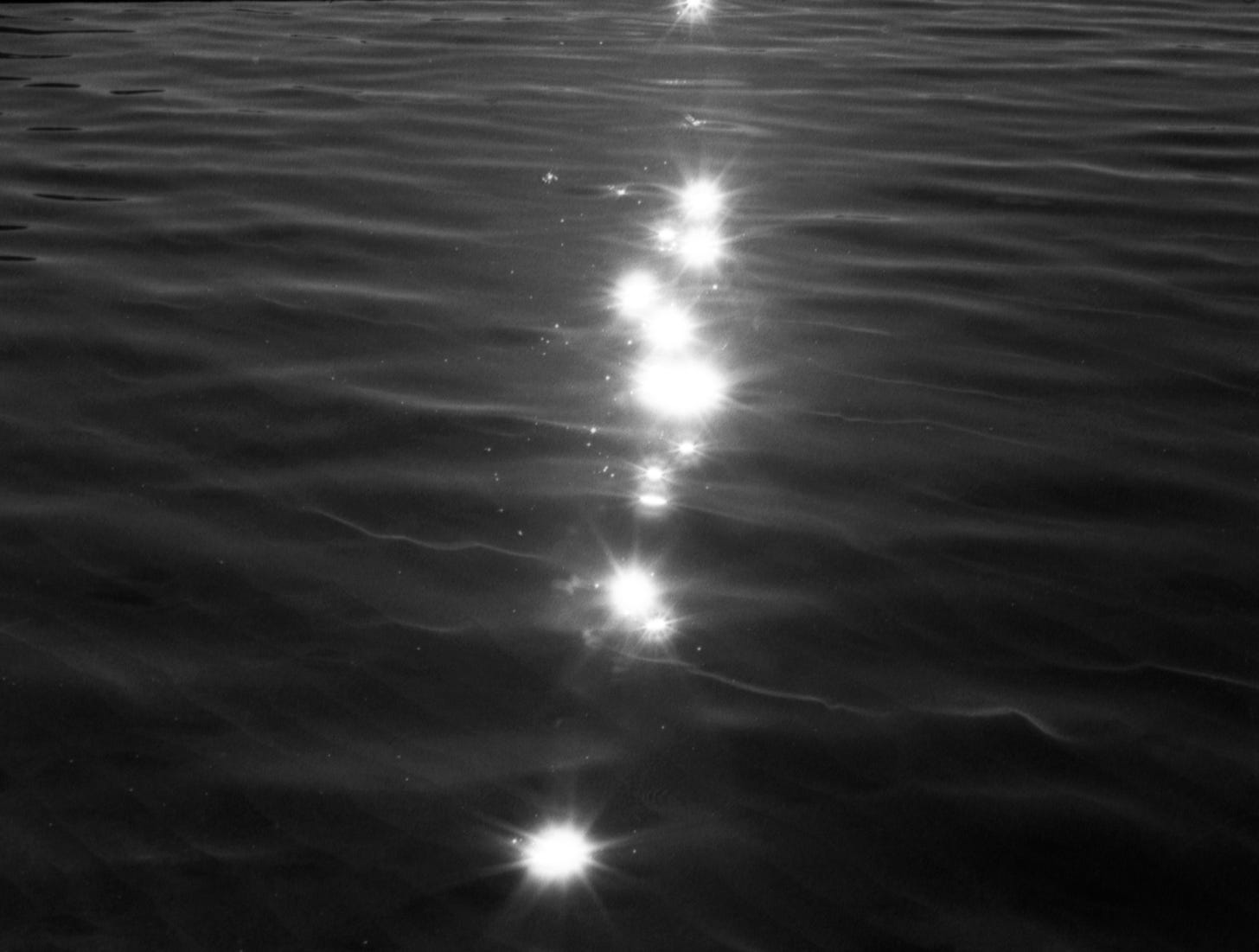
Like a gentle stroke, their camera caresses surfaces, creating a comforting sense of proximity and ease. In the making of this work, which was on show at Stills Centre for Photography in the show Glimmer, Holdengarde allows the environment to help shape the final image through these tender encounters.
intimacy of a very personal or private nature
Foraging, recording, and embedding themselves in surrounding landscapes are central to their creative process, and they have built an archive of refined and tested recipes for plant-based developers and low-impact processes specific to Scotland and the UK.
The photographic works on show at Stills were hand-developed and brewed from wild thyme, yarrow, berries, heather and seaweed.
All three of these artists attach a deep sense of meaning to the creational process. The darkroom becomes more than just a laboratory, it acts as collaborator, healer, chronicler, confrontation and more. By working in this way they embrace a silent, slow and sensitive way of working that demands being in touch with the material and allows images to sink into their own depth.
5: News
Curator and art historian Valeria Posada-Villada and I are excited to co-curate a Der Greif Guest Room themed ‘The Ties That Bind’. Submissions are now open until May 4th, and you have the chance of winning an MPB Scholarship of 1000EUR. Find all details and submit here.
We’re living in a time of deep division – where differences in values, politics, and worldviews are pulling people apart. In moments like this, how can we create space for genuine connection, especially between opposing perspectives? Lately, we’ve been drawn to images that suggest reconciliation, closeness, and curiosity about others. I’m interested in photographs that don’t shy away from tension, but instead lean into it – revealing the magnetic pull we can feel in human encounters. We invite you to share works that explore this pull.
Photo Phone is a podcast that explores photography within higher education. It was a pleasure going into conversation with Wendy McMurdo and hosts Clare Bottomley and Jesse Alexander for one episode. We spoke about Artificial Intelligence, visual literacy and photography education. Listen here!
If you’ve read this far, thank you and hope you enjoyed! My next letter will reach you in roughly one month. Until then, take care, and take your time.
x
ps. yes, it’s a baby bump! : )




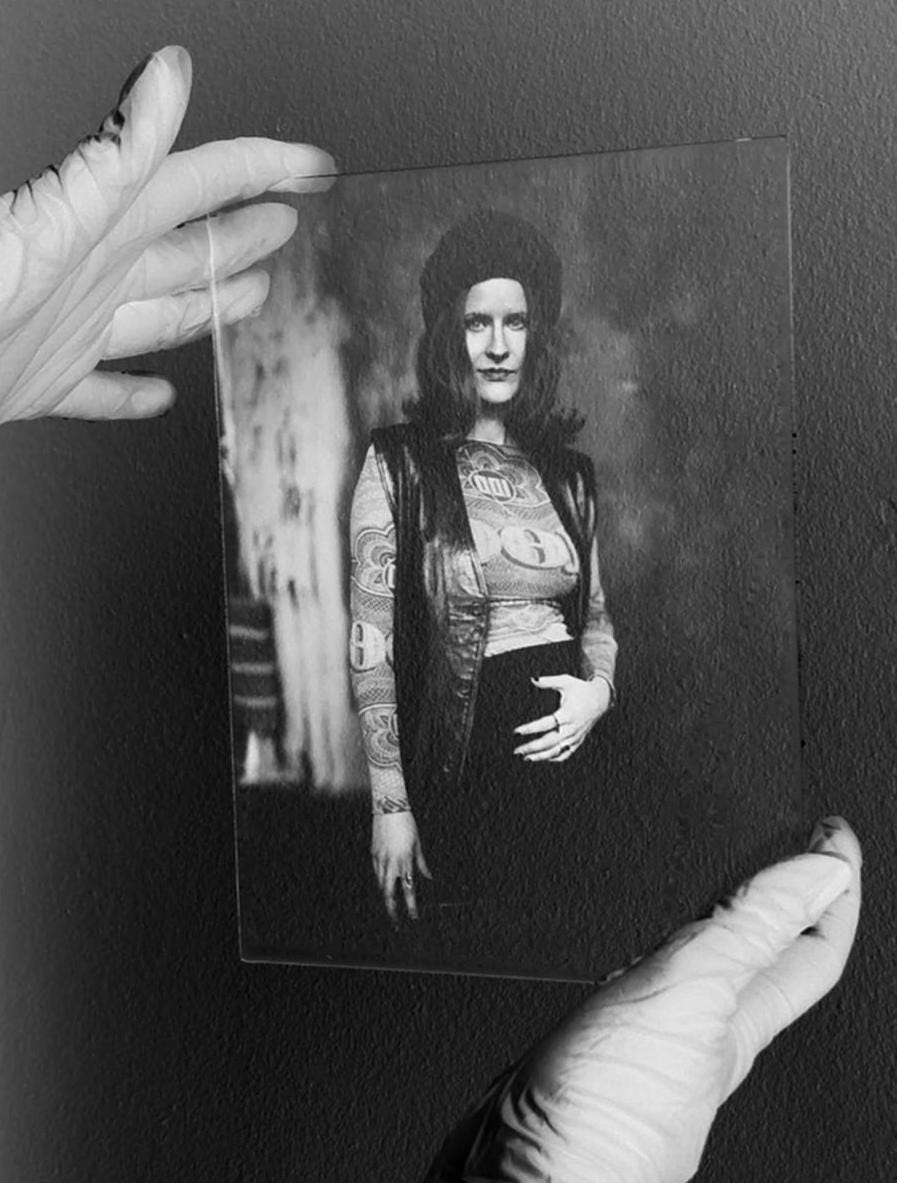
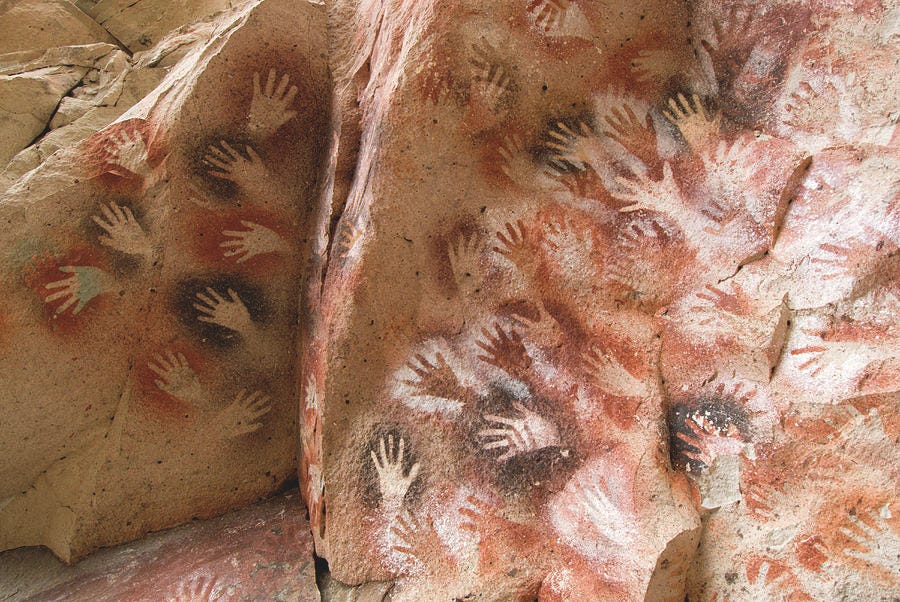


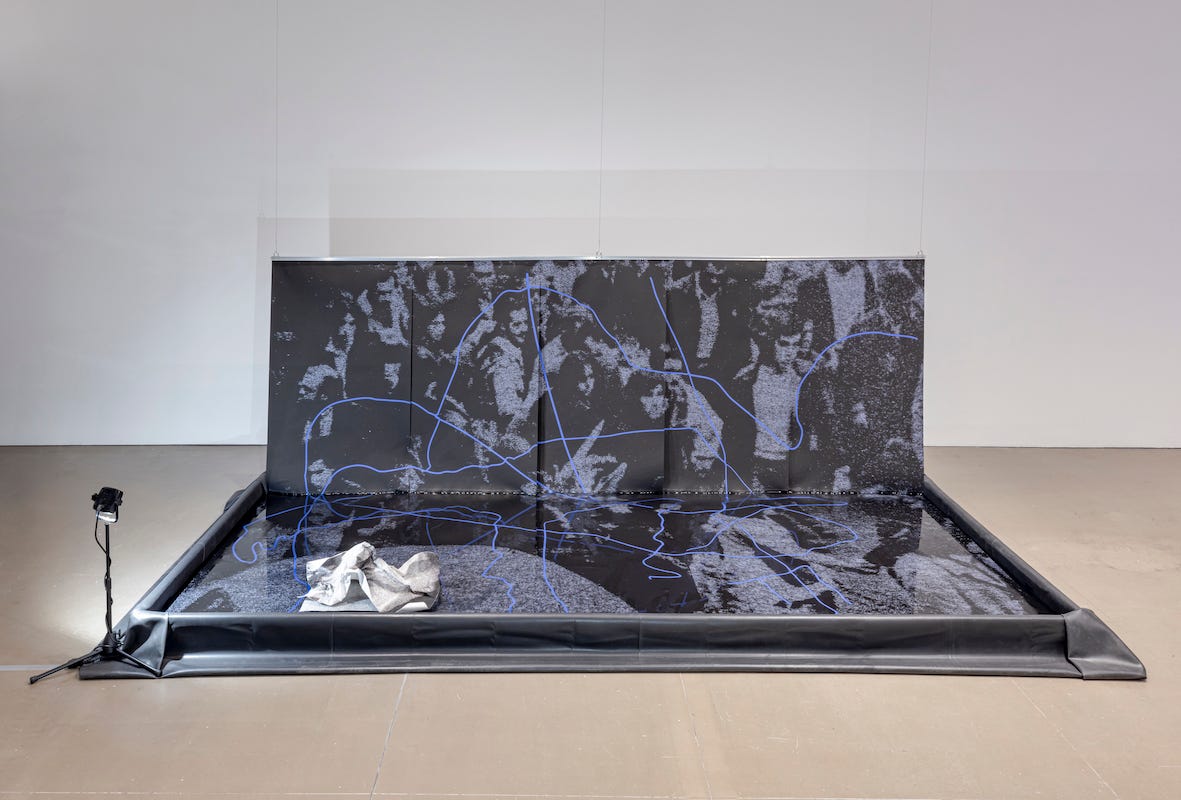

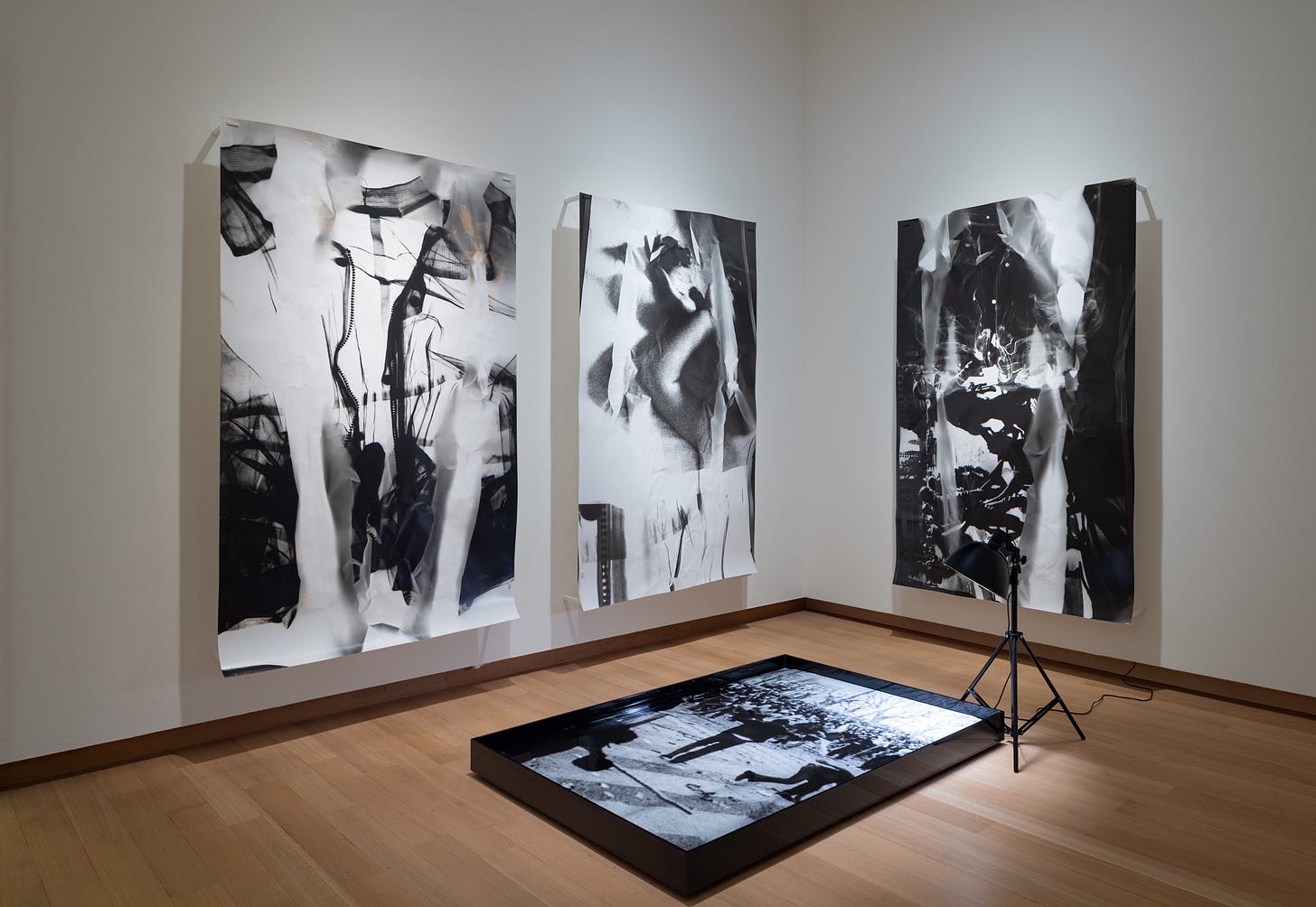

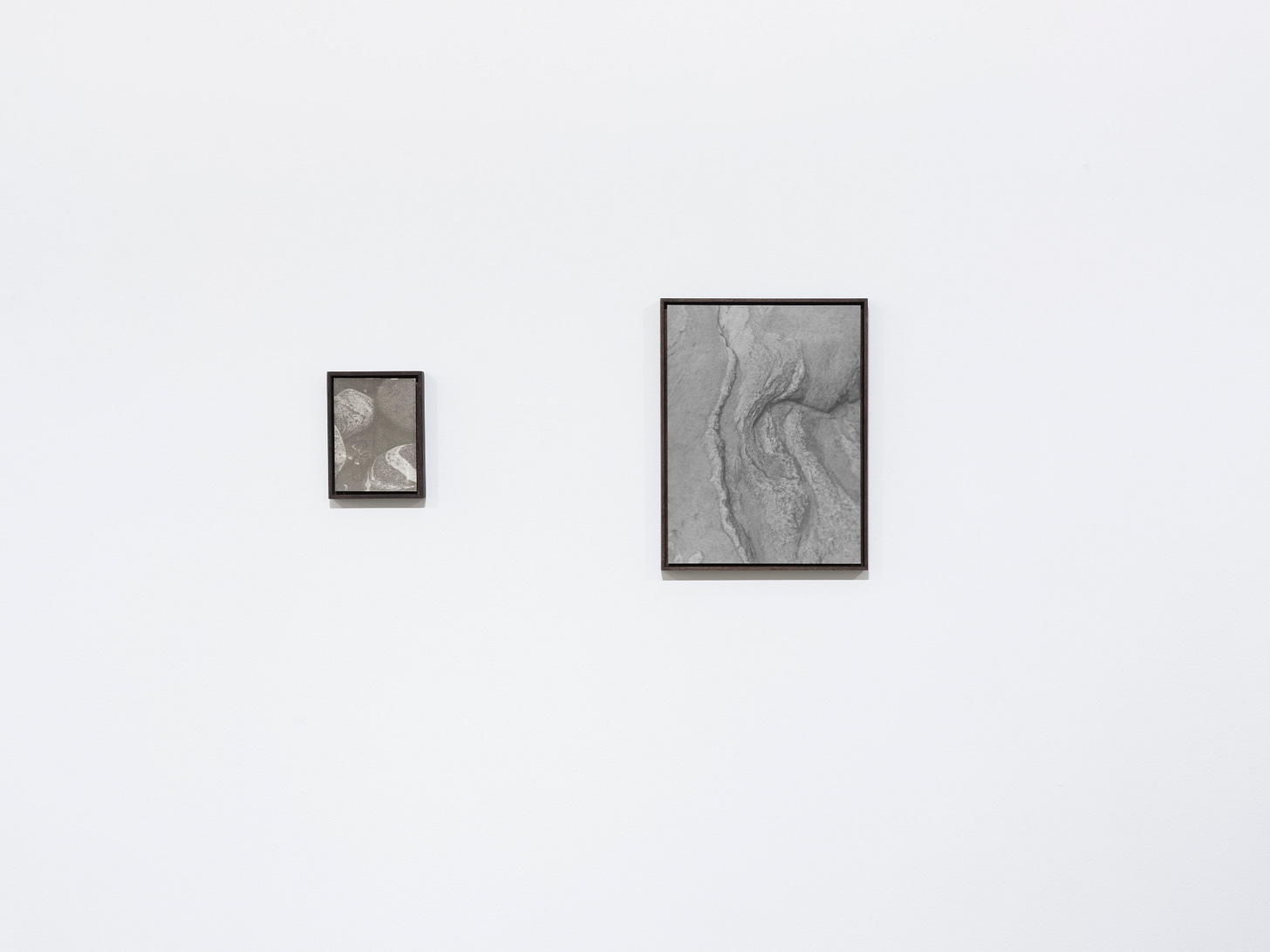
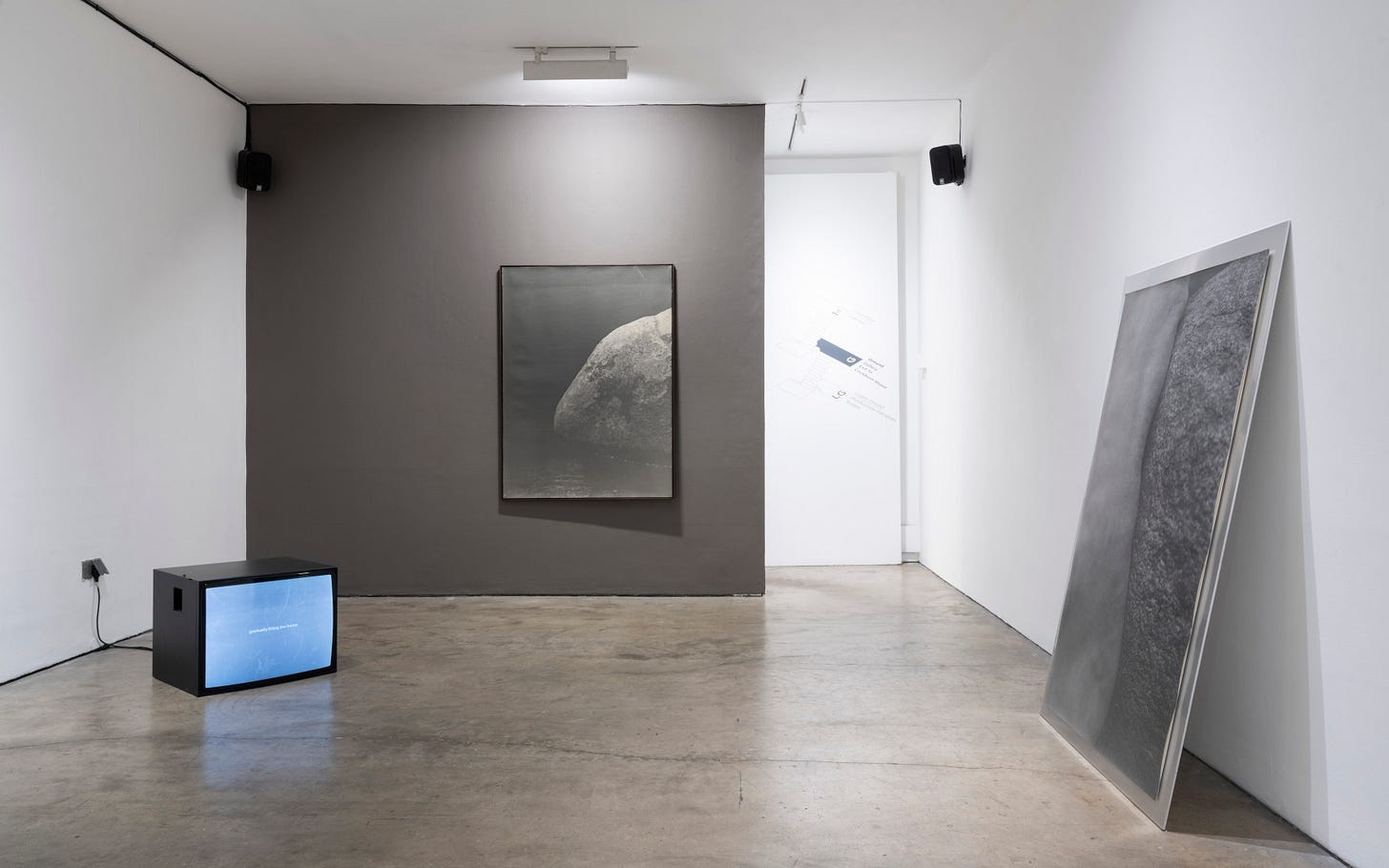

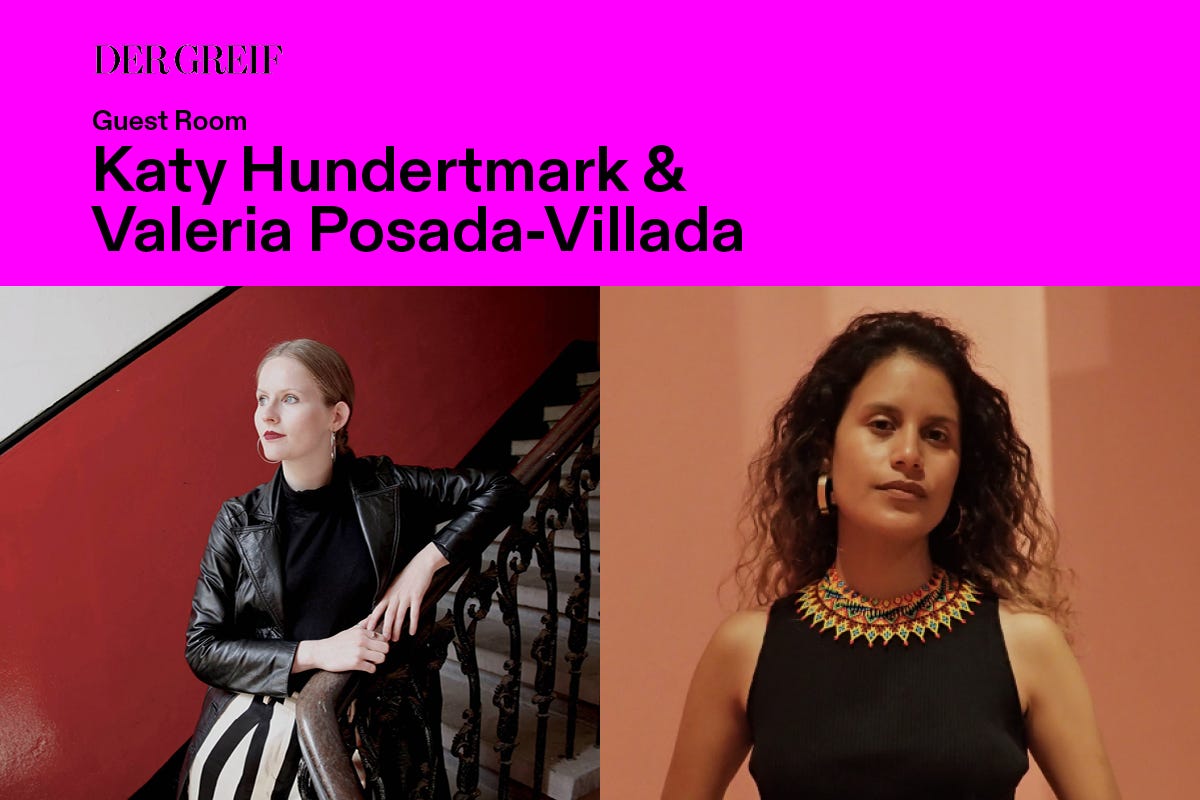
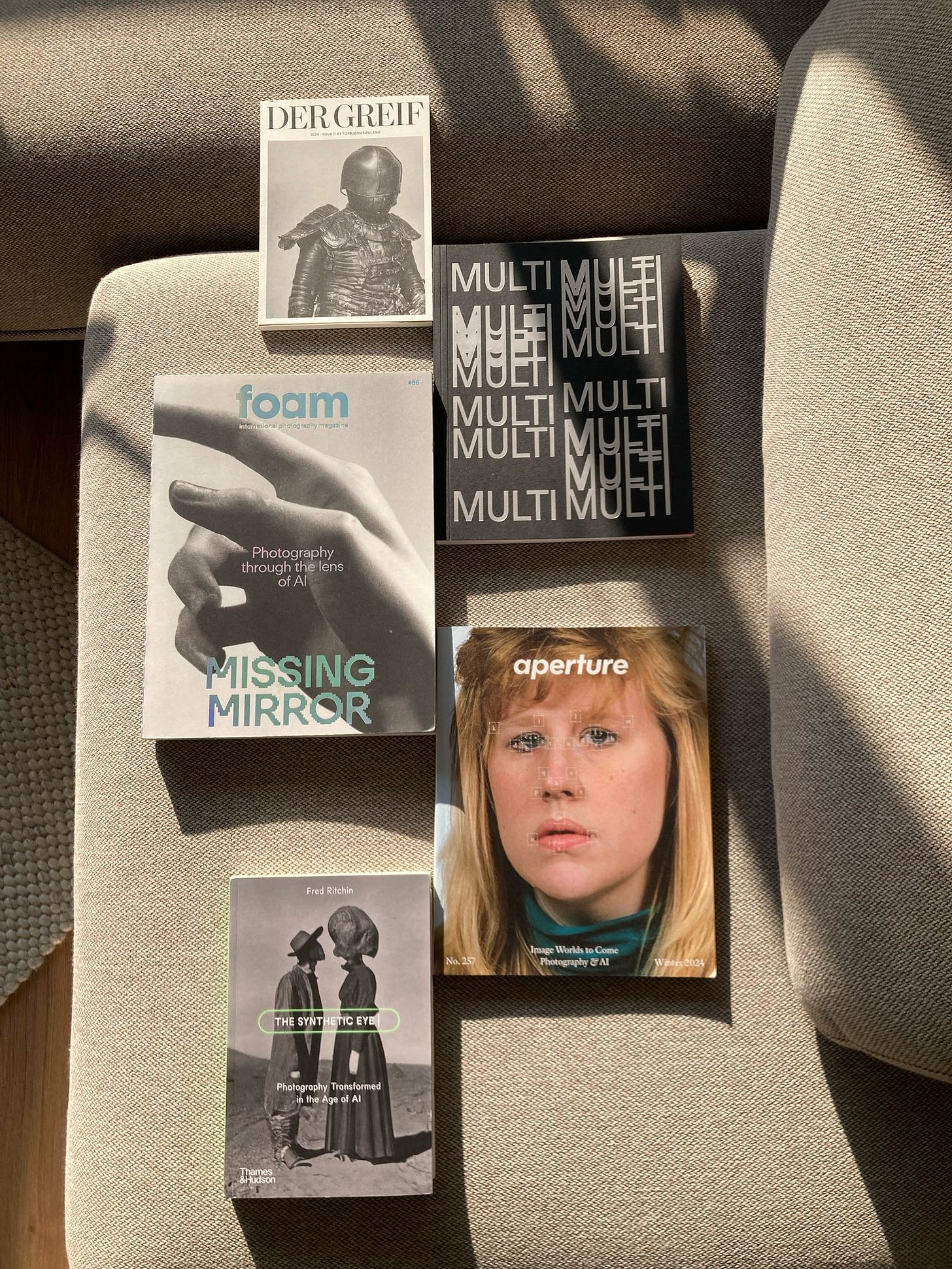
❤️